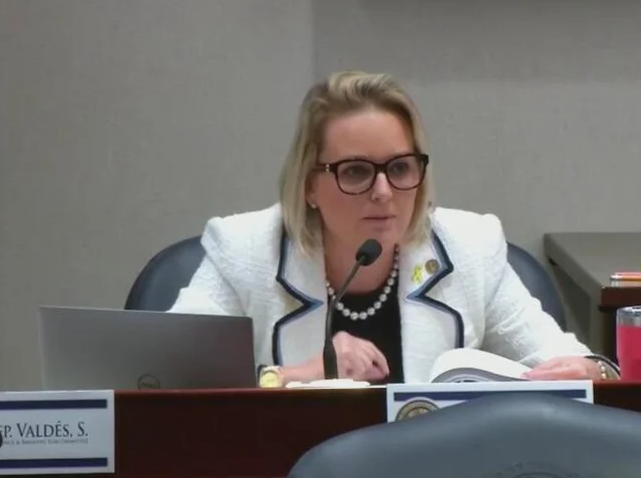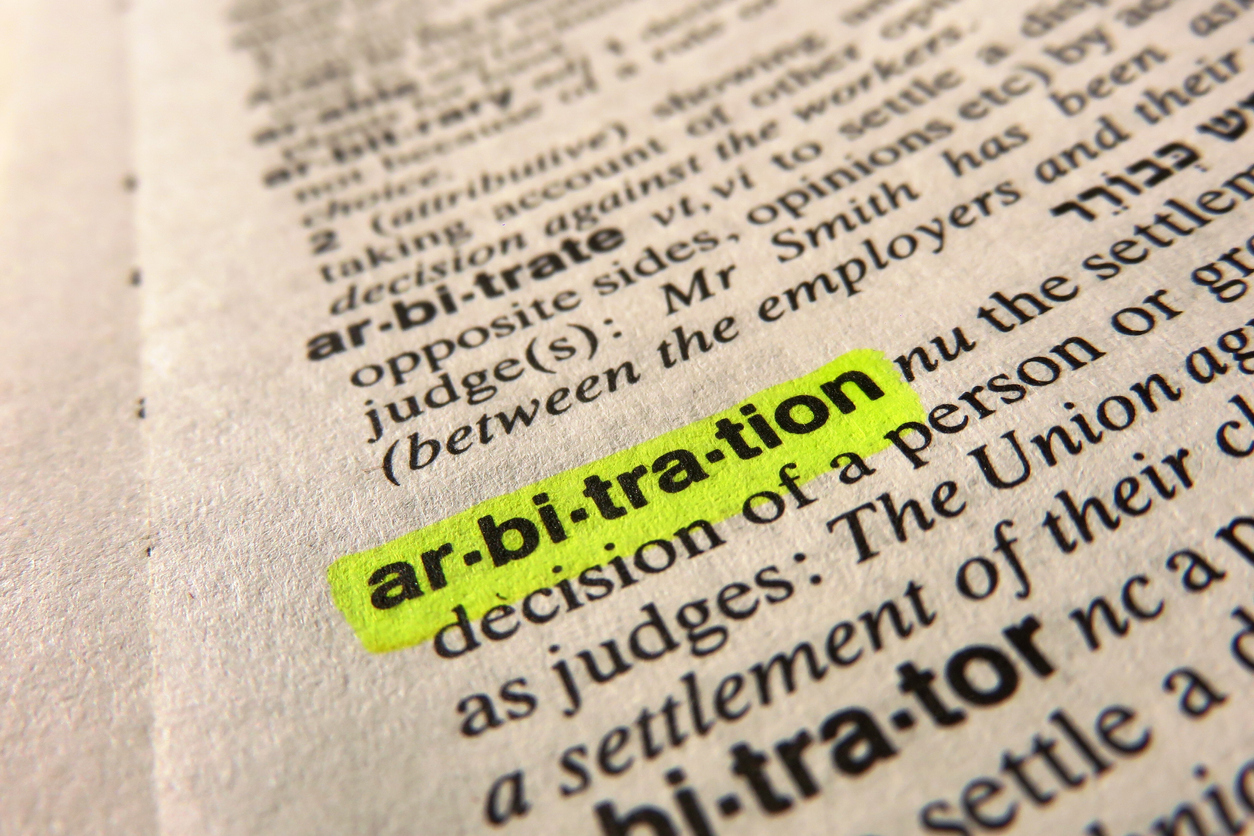Last week, I highlighted a recent trial court order in Shelton v. Liberty Mutual Fire Insurance Company,1 where a federal trial judge ruled the plain meaning of the term “structural damage” is applied to a sinkhole claim, despite the May 17, 2011 amendments, unless the policy defines the term differently. This holding is a true victory for policyholders; but it raises another issue that needs to be rectified.
Florida’s Department of Financial Services governs the neutral evaluation program. In short, neutral evaluation is an alternative dispute mechanism for sinkhole claims allowing either party to request an “independent” third party engineer to review the data collected by the parties’ retained engineers. The program has inherent flaws, but the intention is fantastic and has been successful in resolving the underlying disputes between the parties.
On May 17, 2011, Florida’s sinkhole laws changed drastically. By defining the term “structural damage,” the Legislature limited most policyholders’ abilities to recover for sinkhole losses. Prior to May 17, 2011, upon receipt of a sinkhole loss claim, carriers were required to engage professional engineers and geologists to test the damaged property for sinkhole activity. After May 17, 2011, carriers are no longer mandated to test properties for sinkhole activity, unless a professional engineer first confirms the property’s damage has escalated to “structural damage” as defined by the new statute.
As a result of the May 17, 2011, changes to the sinkhole laws, on September 13, 2011, the Department of Financial Services issued a directive to all neutral evaluators. This directive instructed neutral evaluators to apply the old sinkhole laws to all claims under an insurance policy effective prior to May 17, 2011, and apply the new standards to all sinkhole claims reported under an insurance policy effective after May 17, 2011.
This may appear reasonable; however, the specific contract between the parties should govern their agreement and the law can provide more, but not less coverage than a policy in the state of Florida. Under this reasoning, Shelton was born and carriers are now aware that they must test the property for sinkhole activity if the policy at issue does not define the term “structural damage.”
What next? We need the Department of Financial Services to update its directive to prevent inconsistent results. For example, if a policy effective after May 17, 2011, does not define the term “structural damage,” it would be senseless to apply the new definitions at a neutral evaluation because the court will be applying a different standard — the plain meaning of the term in litigation. The purpose of the neutral evaluation program is to resolve disputes, not create new ones. As such, we can only hope the Department issues another directive reflecting Shelton.
1 Shelton v. Liberty Mutual Fire Ins. Co., 8:12-cv-2064 (M.D. Fla. April 17, 2013).



